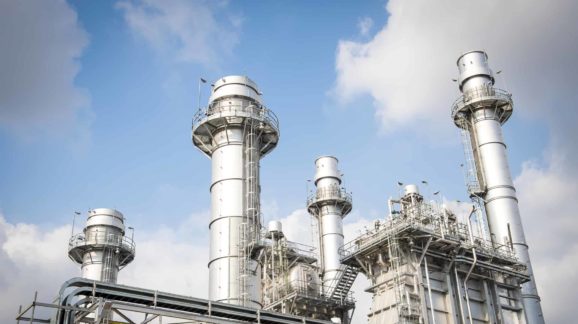Contrasting Approaches to Energy Policy on Display in Two House Energy and Commerce Committee Bills

Photo Credit: Getty
It is not hard to distinguish bad federal energy policy from good. Bad policy picks winners and losers among competing energy sources and technologies by imposing mandates and subsidies. Good energy policy allows markets to work with minimal interference from government. Judged by this standard, the House Energy and Commerce Committee’s recently released CLEAN Future Act is 981 pages of bad. On the other hand, the Republican minority alternative, Securing Cleaner American Energy, is mostly good but with a few disappointing forays into unnecessary federal meddling.
Most of the CLEAN Future Act isn’t really energy policy but anti-energy climate policy that tries to take most domestic energy supplies off the table. It sets out the overall goal of a 100 percent clean energy economy by 2050—in other words, no more use of the coal, oil, and natural gas that America possesses in great abundance. This includes a Clean Electricity Standard of 100 percent by 2035. That’s a short window to eliminate the coal- and natural gas-fired generation that currently provides 60 percent of the nation’s electricity, replace it with costlier and less reliable wind and solar, and integrate it all into a working grid. Expect electric bills to go up.
The bill also takes steps toward federal control of building codes, which until now have been a state prerogative. The sole focus is on energy efficiency and greenhouse gas emissions reductions associated with buildings, and not on improving indoor air quality or virus protection. The object is to have buildings that, by 2030, “do not produce greenhouse gases.” Expect rents to go up.
Beyond mandates, the bill proposes to spend “$565 billion over ten years to enable deep decarbonization.” Among other things, it includes $5 billion a year in subsidies for electric vehicle charging infrastructure, $2.5 billion a year for cleaner school buses, and $2 billion a year for cleaner ports. The long list of energy boondoggles was shortened only by the fact that several were already enacted in the lame duck Consolidated Appropriations Act from last December.
Some of this money is targeted for environment justice programs. However, these programs cannot possibly make up for all the other provisions in the bill that raise energy and related costs and thus disproportionately burden low-income households. Similarly, there is funding for various training programs for the so-called green jobs favored under the bill, but this can’t undo the overall effect of killing many more jobs by constraining the fossil fuels industry and raising energy costs on manufacturers and other employers.
Picking winners and losers is a two-sided coin. In addition to the mandates and subsidies for favored energy sources and technologies, the bill also imposes new regulatory burdens on disfavored ones. This includes more restrictions on methane emissions and flaring for new and existing oil and gas sources as well as constraints on liquefied natural gas facilities. There are also new greenhouse gas emissions standards for locomotives, ships, and aircraft.
In addition, the CLEAN Future Act directs the Securities and Exchange Commission to require all publicly traded companies to disclose their climate risks as well as their plans to mitigate such risks. Companies must also disclose their direct and indirect greenhouse gas emissions.
In many respects, the CLEAN Future Act resembles the Green New Deal, Congress’ previous attempt to comprehensively decarbonize the American economy. While there are some differences—for example, the CLEAN Future Act does not explicitly restrict gasoline and diesel-powered vehicles while the Green New Deal seeks to do so “as much as is technologically feasible”—the two proposals are close enough that the cost estimates for the Green New Deal are relevant here. A CEI study found that the Green New Deal would cost households in 11 representative states an average of nearly $40,000 annually.
The Republicans’ package of bills represents a sharply contrasting approach. Rather than piling on more regulatory burdens on oil and natural gas, it actually provides a measure of relief. This includes H.R. 684, which approves the Keystone XL pipeline to safely bring more Canadian oil into the U.S., as well as H.R. 575, which simplifies the approval process for any such future cross-border projects. H.R. 751 prevents the president from targeting hydraulic fracturing, the process that has led to America’s oil and gas renaissance. H.R. 245 streamlines the process by which existing power plants and factories can obtain approval to make repairs and upgrades, and H.R. 1855 facilitates the often years-long process of permitting new facilities. The package also contains measures to streamline the licensing process for new nuclear power plants.
Unfortunately, the Republican package has a few government-knows-best measures, including H.R. 1761, which provides loan guarantees for carbon capture and storage projects and H.R. 1788, which does the same for hydrogen fuel cells. But overall, the two bills offer a stark choice between a government-based climate policy and a market-based energy policy.